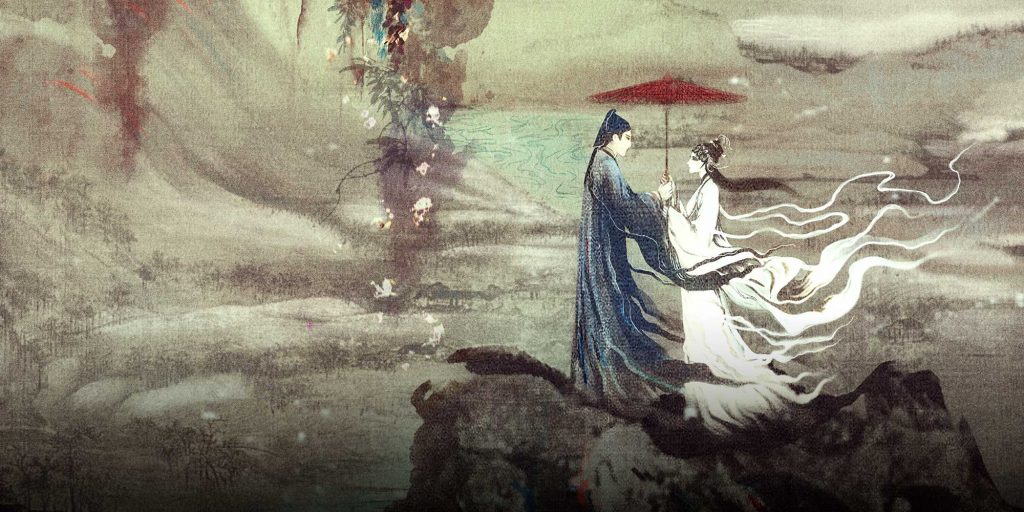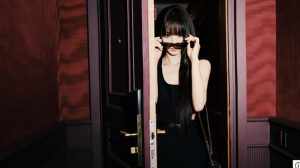From maneater to star-crossed lover, Lady White Snake has become one of Chinese literature’s most versatile — and unlikely — heroines. The one thing she is not, however, is docile.

This May, a new film adaptation of the Cantonese opera “The Legend of the White Snake” hit theaters across China. Timed to coincide with the country’s unofficial May 20 Valentine’s Day holiday, the film was a dud at the box office, but those who did see it seemed to like it: The adaptation enjoys an average ranking of 8.2 on the hard-to-please social media and review site Douban, making it the highest ranked domestically produced movie of 2021.
“White Snake” is not the only White Snake-themed film slated to arrive in cinemas this year. “White Snake: Origins,” the sequel of the 2019 hit, is scheduled to premiere later this month — part of the recent wave of animated films based on traditional Chinese myths.
The story of the White Snake has many variations, but the version known to most contemporary Chinese goes something like this: After thousands of years of Taoist training, a white snake spirit gains the ability to transform into a beautiful young woman. In her new body, Lady White Snake falls in love with the dashing scholar Xu Xian and the pair quickly marry. During the Dragon Boat Festival, the spirit is tricked into consuming realgar wine, revealing her true form to a terrified Xu, who promptly dies from fright.
Distraught, Lady White Snake steals a magic herb that can bring the dead back to life and uses it to resurrect her husband. Believing that the union of humans and demons violates heavenly law, the monk Fahai forcibly separates the couple and takes a revived Xu Xian to Jinshan Temple. To rescue her husband, Lady White Snake floods the nearby mountains. Ultimately, however, the monk traps her in Leifeng Pagoda on the banks of West Lake in the eastern city of Hangzhou.
The evolution of the White Snake legend into something approximating a bittersweet story of star-crossed lovers is a recent development, but hardly unprecedented. The tale has always been adjusted to fit the morals and desires of contemporary audiences. Continue to read the full article here
– This article originally appeared on Sixth Tone.





